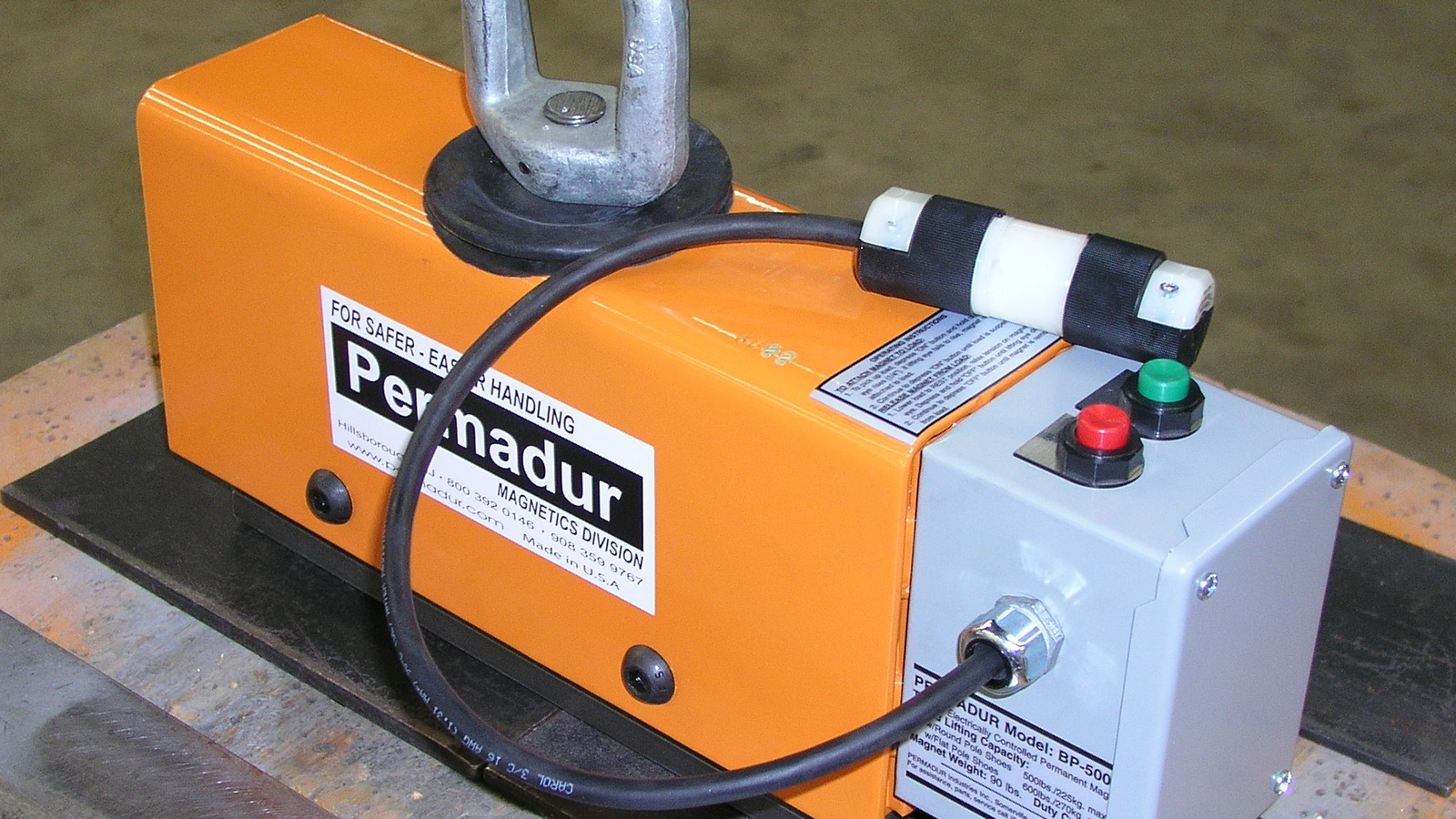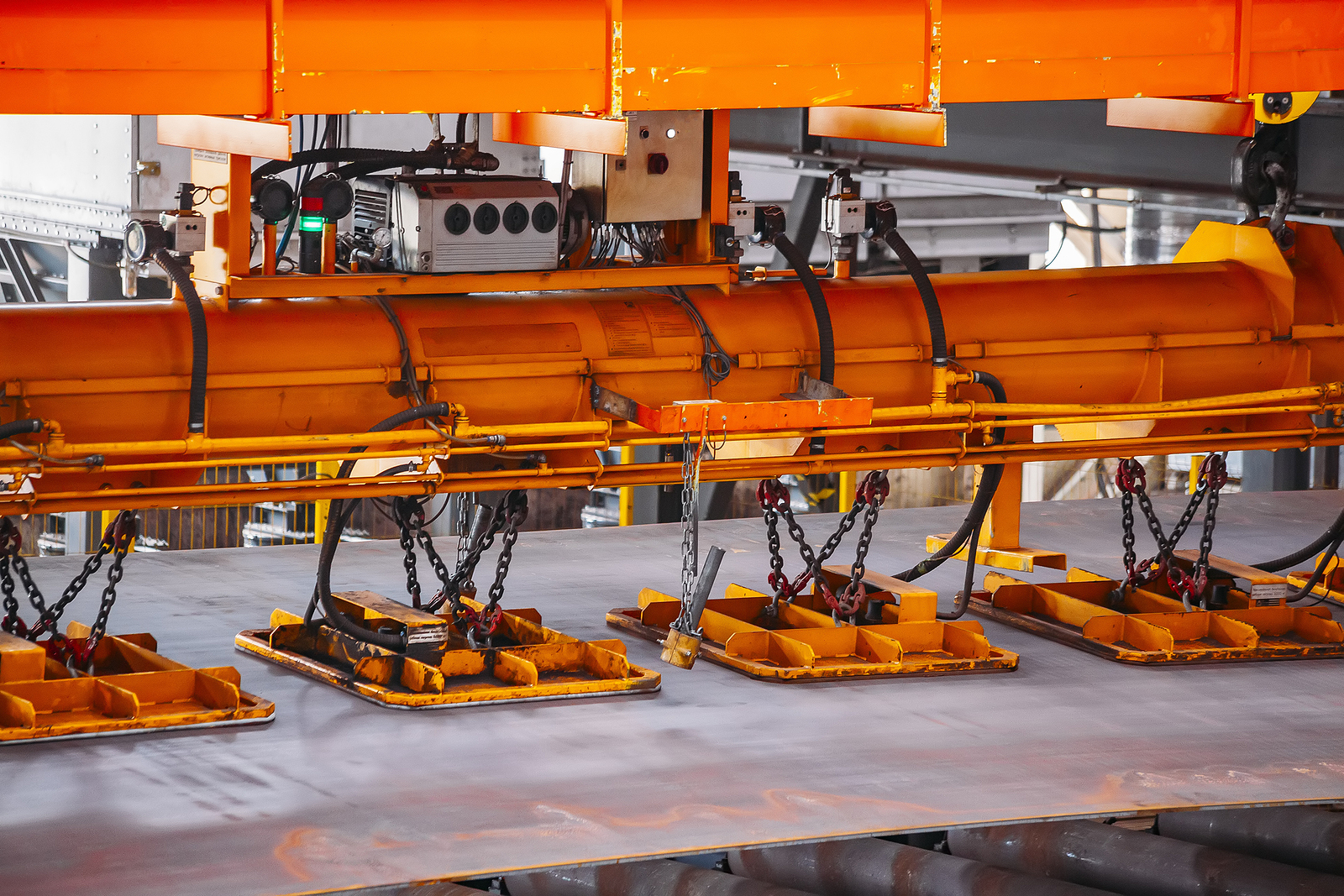Many industries use vacuum lift systems during their operations. They are designed to increase efficiency and safety. Utilizing vacuum lifting systems can reduce the risk of workplace injury and ensure the safe transport of materials. Vacuum lift systems can eliminate the use of excess equipment, such as pipe tongs, slings, pipe forks, and pipe hooks.

While vacuum lifting systems are designed to be safe, it’s important that those operating the units understand proper maintenance. When operating the machinery, there are proper safety precautions to follow.
- Ensure that a method of communication between workers and supervisors has been established.
- Before transporting or storing the unit, ensure the fuel shut-off valve is turned off.
- When starting the unit, pay attention to all safety warnings.
- When attaching the unit to the cradle, do so in a secure manner.
- Make sure all warning labels are legible. If you notice missing or illegible labels, replace them as soon as possible.
- When inspecting the unit, replace or repair any defective or damaged parts.
- Before the lifting process begins, inspect all keeper pins and rods.
- Perform the following procedures before starting the unit: rotate the lifter, attach the vacuum pad, connect the hydraulic, and adjust the rotation speed.
- Ensure that every worker has personal protective equipment and they use it during each operation. Personal protective equipment includes gloves, safety glasses, protective clothing, hats, safety-toed shoes, and reflective vests.
Following these precautions during operation will ensure a safe environment. All workers on the floor must be aware of all protocols.


